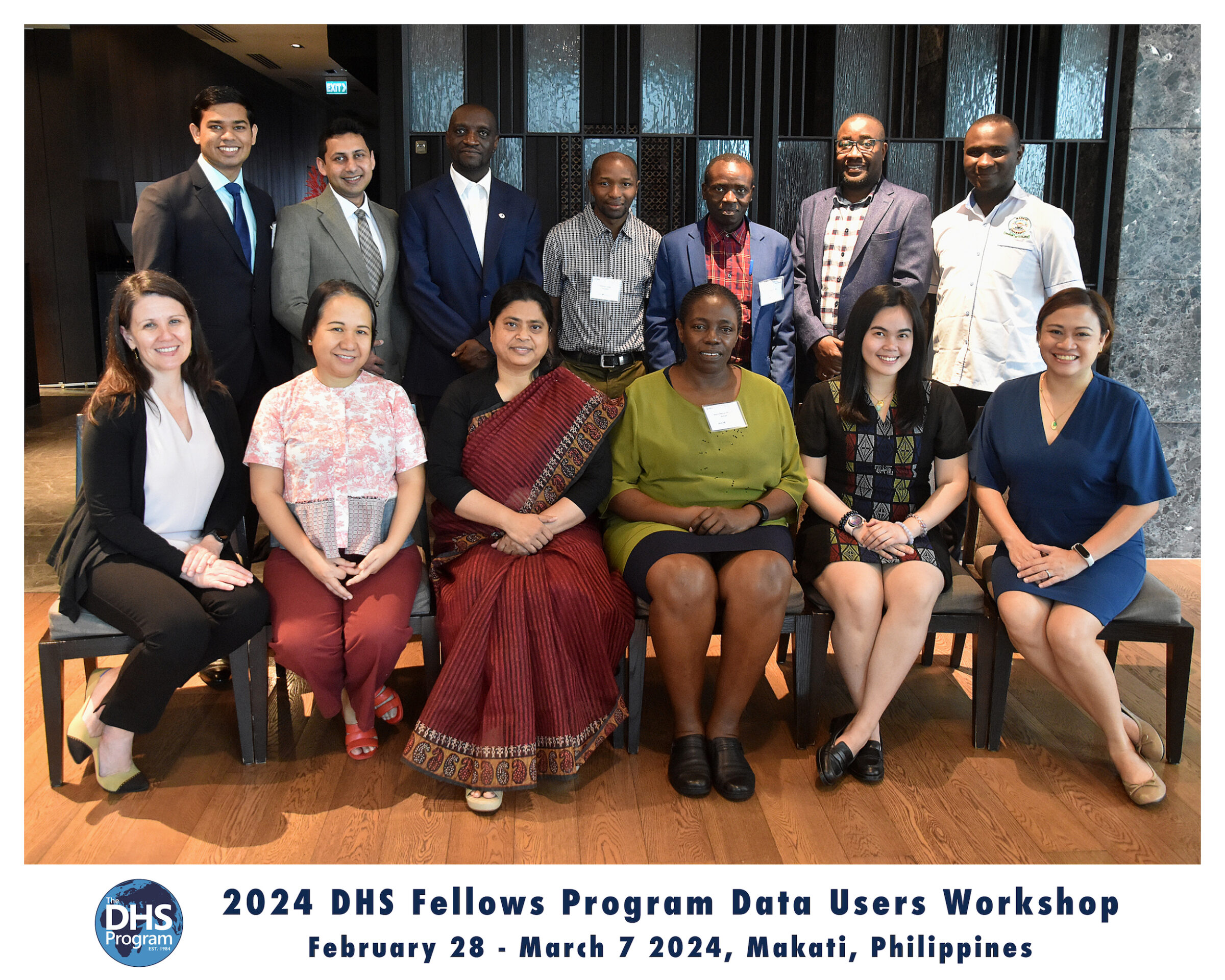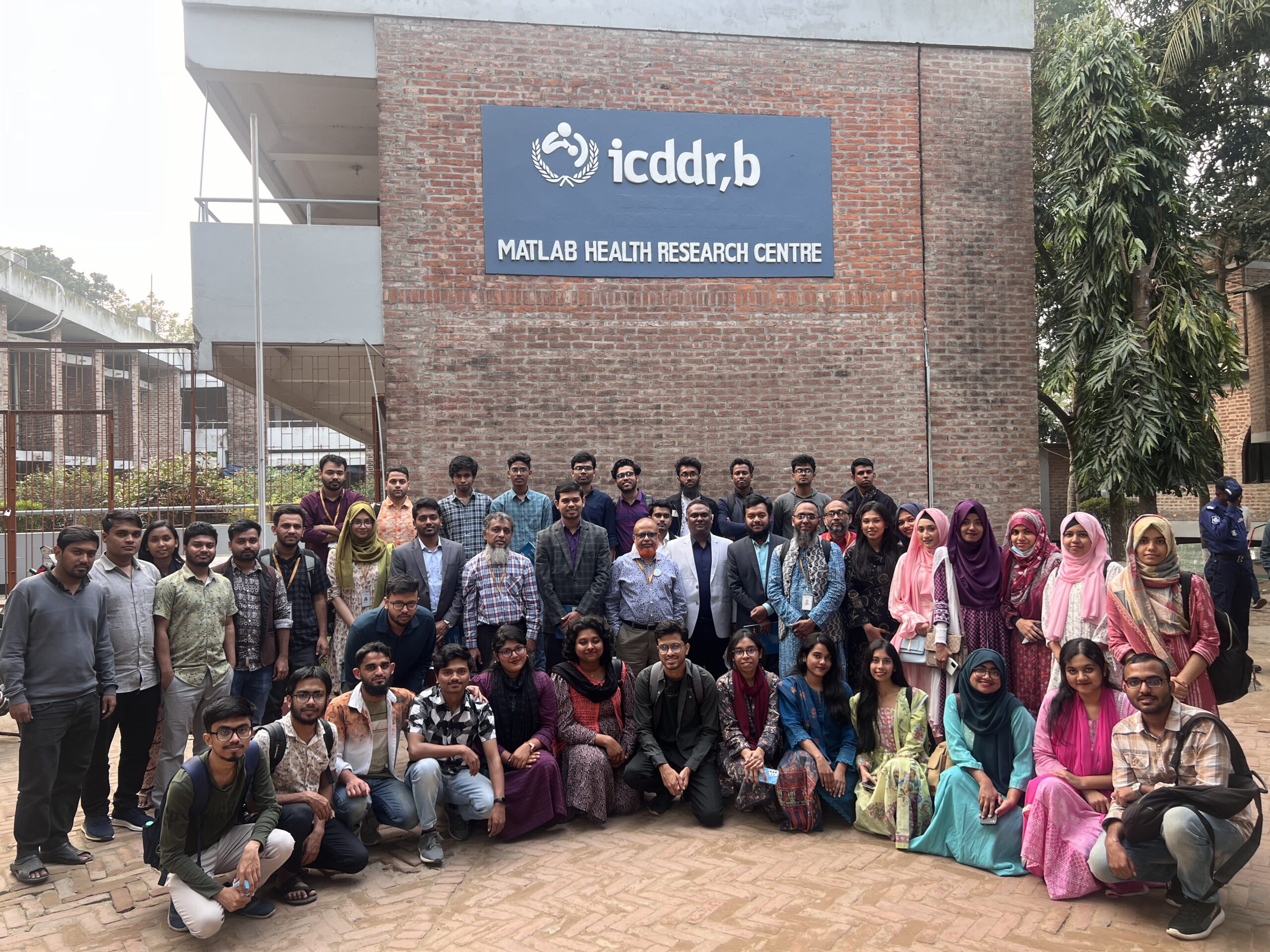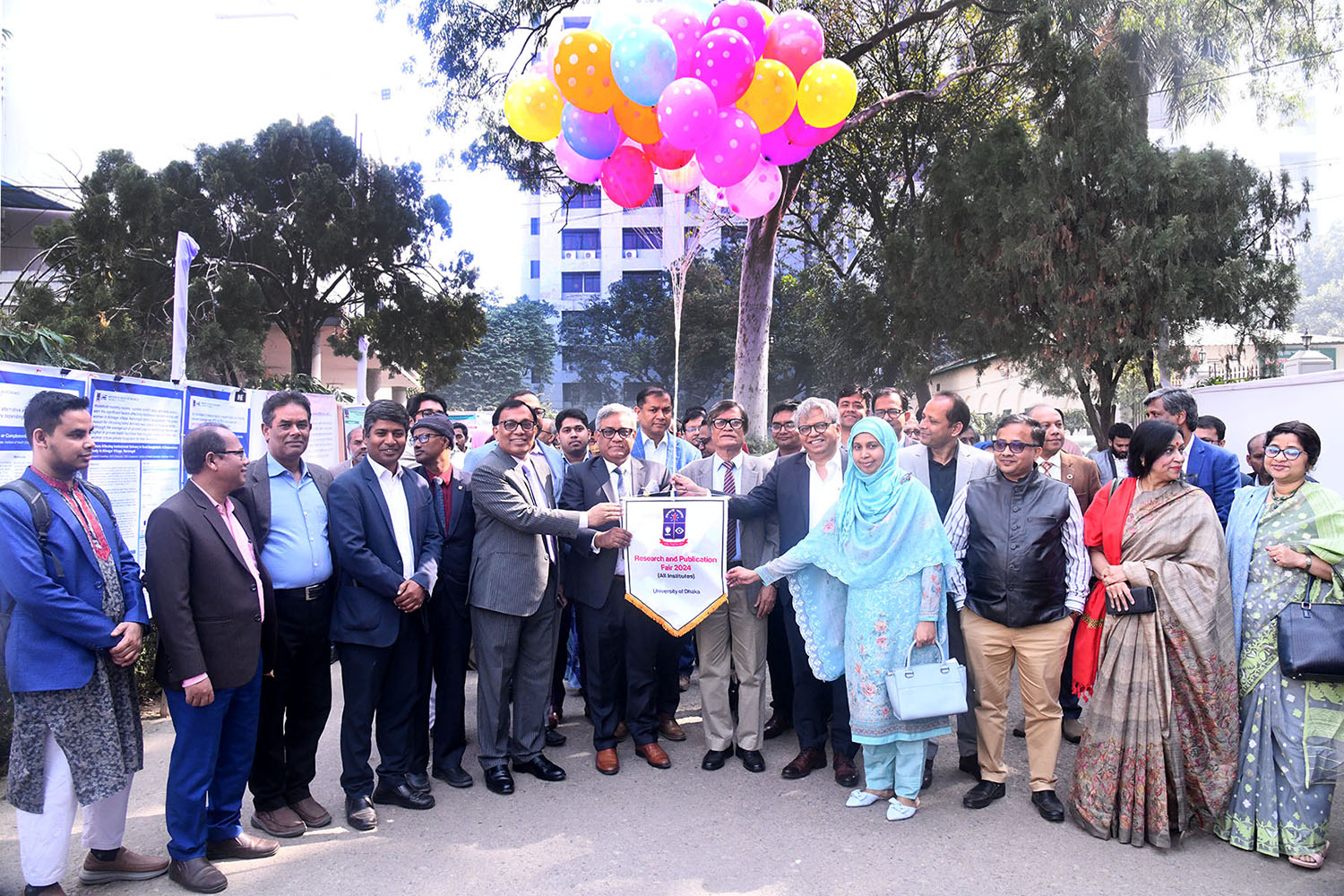
- This event has passed.

| Full Title: | Effect of Socio-demographic Factors on Time to Surgical Consultation and Hip/ Knee Replacement Surgery for Osteoarthritis Patients in British Columbia, Canada |
| Speaker: | M Mushfiqur Rahman, MSc |
| Arthritis Research Centre of Canada, Vancouver, BC, Canada | |
| Date/Time: | Saturday, December 1, 2007, 1200PM |
| Venue: | ISRT Seminar Room |
PURPOSE: Our objective was to conduct separate survival analyses of time to the first surgical consultation and time to the first total joint (knee or hip) arthroplasty (TJA) for osteoarthritis (OA) patients using population based administrative data.
METHODS: All hospital admissions as well as office visits covered by the Medical Services Plan of British Columbia, Canada, for the fiscal years 1991/2 to 2003/4 were analyzed. OA patients were identified by at least one visit to a health professional or one hospitalization with an ICD-9 code of 715. TJA cases were identified using the procedure codes 935 and 934.1 for hip and knee, respectively. Socioeconomic status (SES) was ranked from 1 (lowest) to 5 (highest) based on mean household income for the patient’s area of residence (census enumeration area). A cohort of 34,851 OA patients (age ≥ 20 years), diagnosed by a health professional other than orthopedic surgeon (OS) (91% by general practitioners) in 1996/7, were followed up to 2004 for their first surgical consultation. A total of 9,635 adult OA cases, who had their first OS visit in 1996/7, were followed up for their first TJA in 8 years. Kaplan-Meier curves and Cox proportional hazards (PH) models were used to evaluate the effects.
RESULTS: OS consultation rates for newly diagnosed OA cases were lower for women compared with men (hazard ratio, HR = 0.86, p < 0.01) (Table). After adjusting for age and gender, patients with lower SES had significantly lower HR of OS consultations compared to those with higher SES (HR = 0.89, p=0.02, for the lowest SES quintile). Following an OS consultation, SES was not a significant predictor of the first TJA. The interaction between age and gender was significant for patients who had a TJA after an OS consultation. Compared with men age <70, the HR for women age <70, men age ≥70 and women age ≥70 were 1.5, 3.3 and 3.0, respectively (p<0.01). CONCLUSIONS: Women diagnosed with OA were somewhat less likely than men to see an orthopedic surgeon. Among younger patients, women were more likely than men to undergo TJA following a surgical consultation but the reverse was true among older patients. OA patients with low SES consulted orthopedic surgeons less frequently than those in a high SES category.

The workshop (the first of its kind) of the DHS Fellowship Program 2024 took place from February 28 to March 7, 2024, at I’M Hotel in the Philippines. This eight-day ... [ Read More ]

ISRT recently concluded its training program, “R for Applied Statistics and Data Science,” that took place at ISRT from February 2, 2024, to February 22, 2024. Data enthusiasts from ... [ Read More ]

On February 19, 2024 ISRT celebrated the reception of its first-year undergraduate students of Applied Statistics and Data Science (ISRT batch 29) and bid farewell to the students of Batch ... [ Read More ]

On February 15, 2024, the Institute of Statistical Research and Training (ISRT), in coordination with the International Centre for Diarrhoeal Disease Research, Bangladesh (icddr,b), organized a field trip at the ... [ Read More ]

All the Institutes of the University of Dhaka took part in a day-long Research and Publication fair on February 11, 2024, at the Institute of Business Administration (IBA) premises. Coordinated ... [ Read More ]

Director,
Institute of Statistical Research
and Training (ISRT)
University of Dhaka
Dhaka 1000, Bangladesh